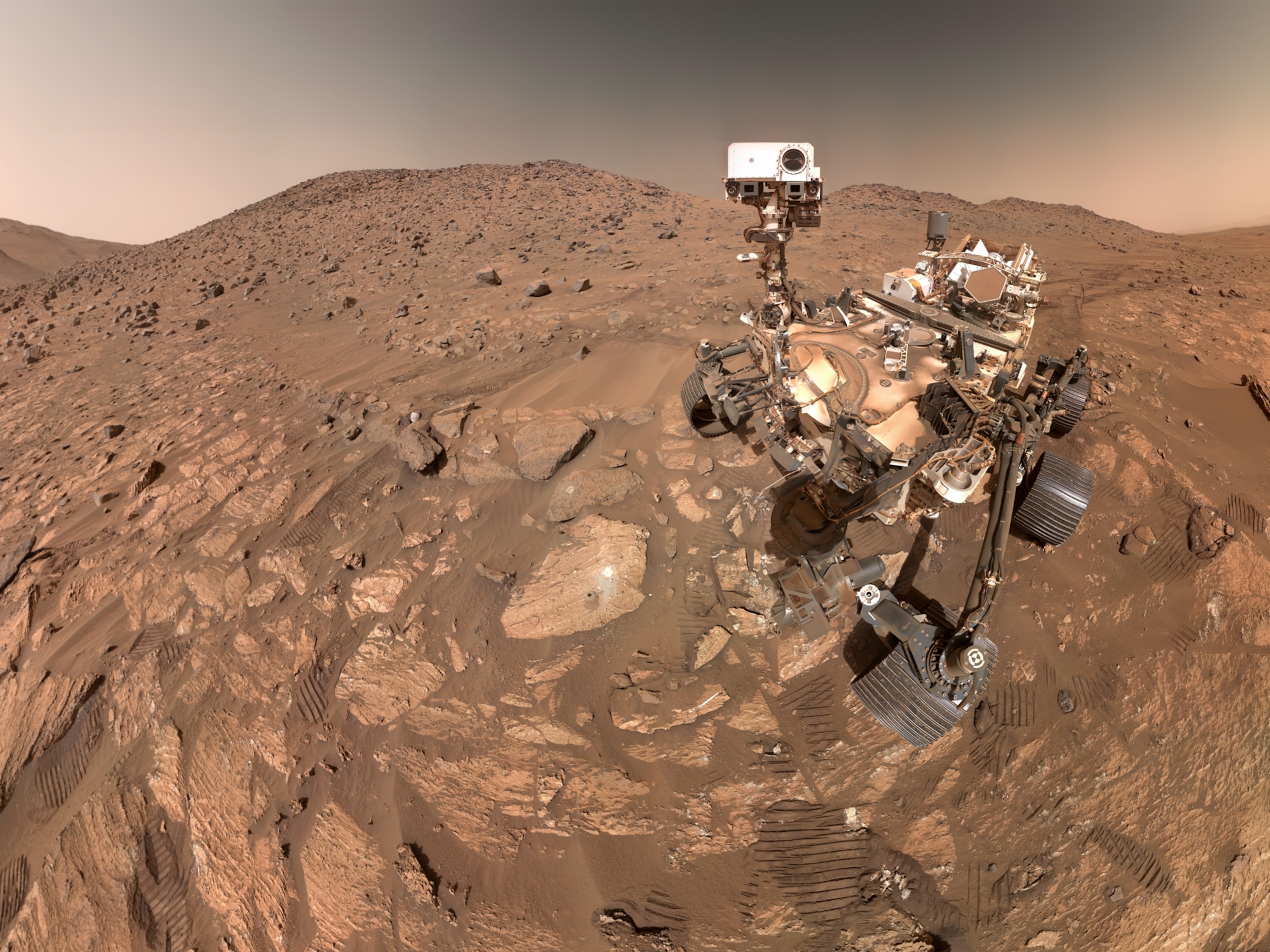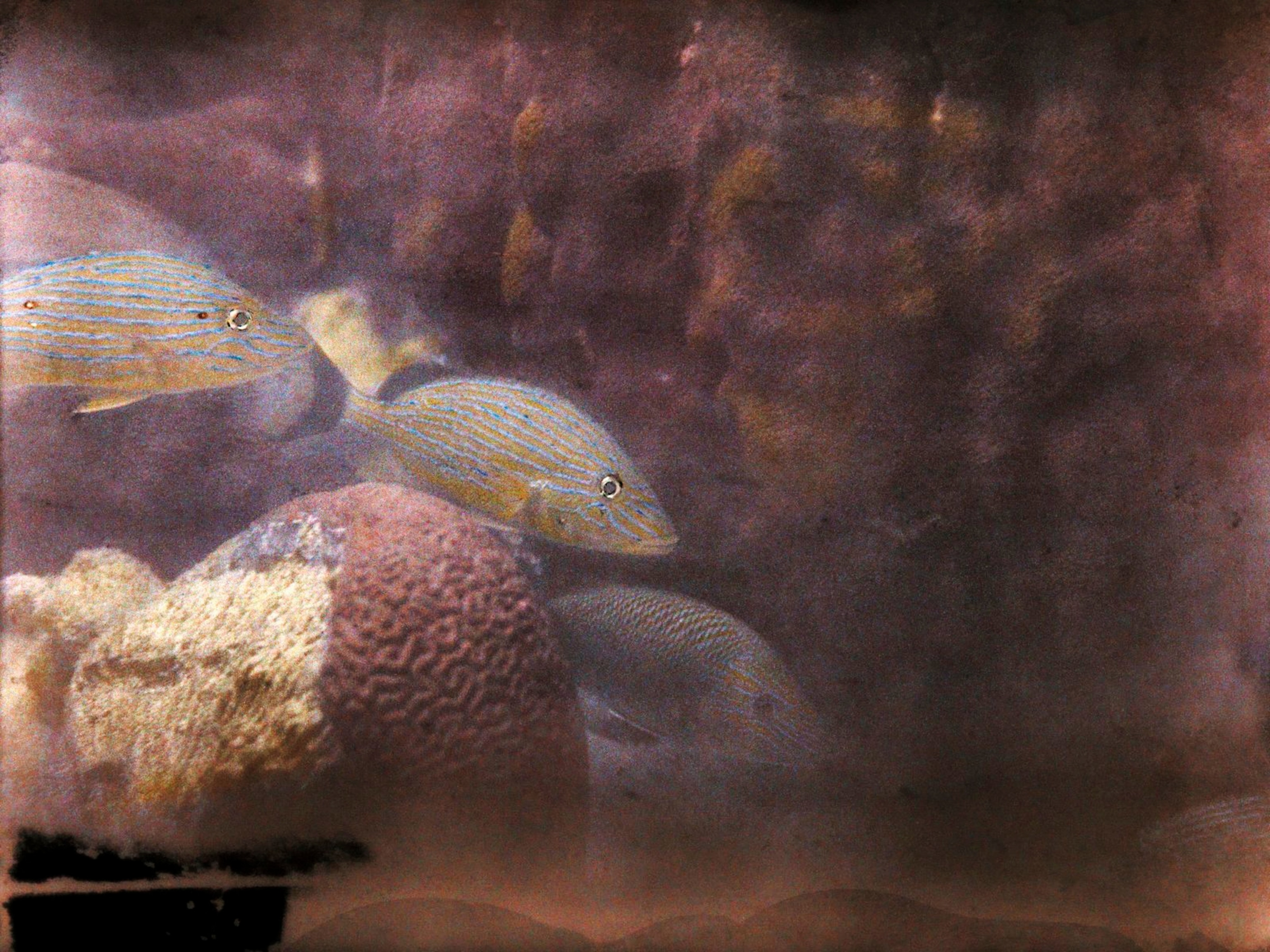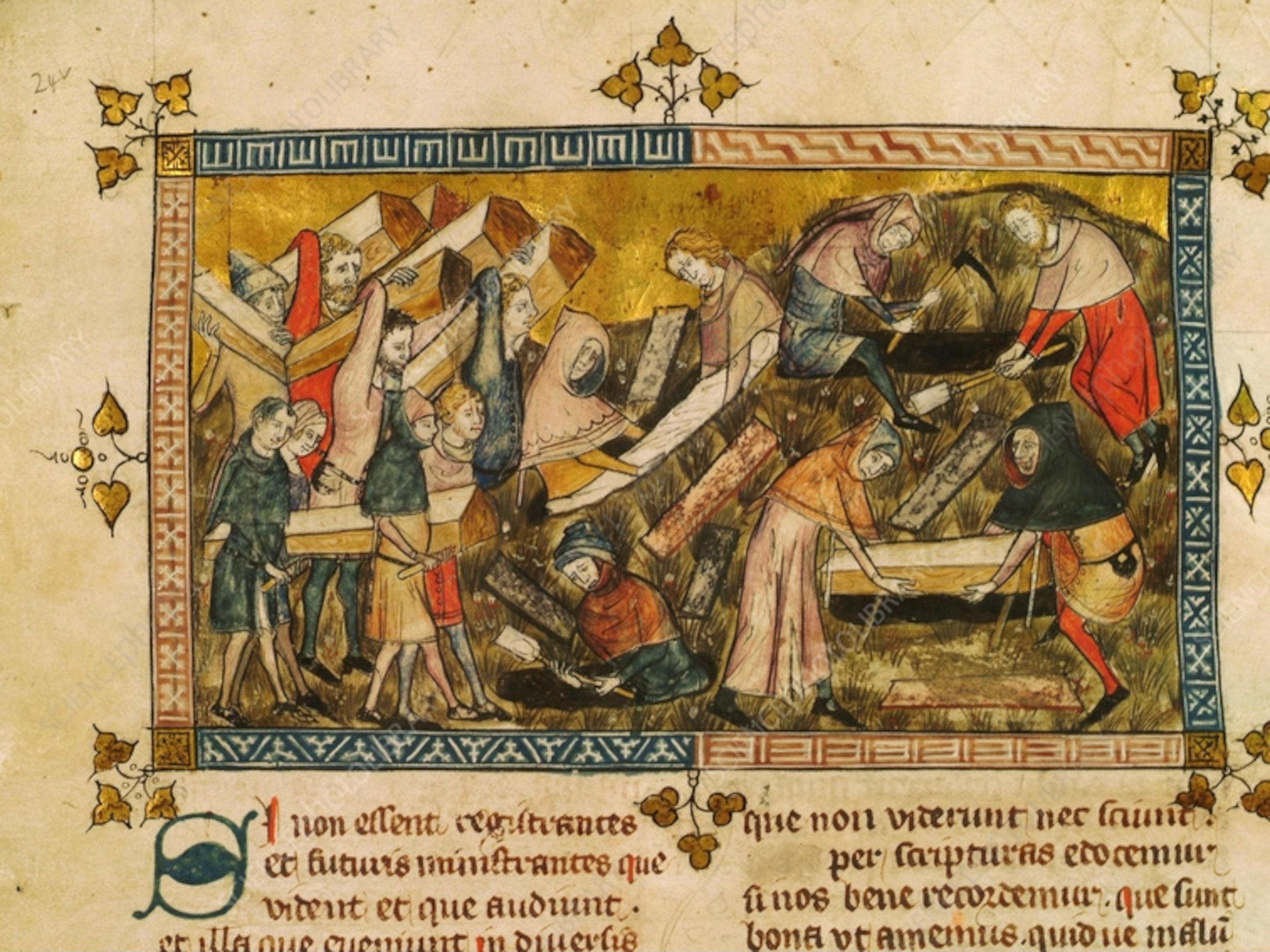About 4.5 billion years ago, a cataclysmic impact created the moon out of rubble from a barely formed Earth. Back then, the planet was a rather humdrum place, many geoscientists have assumed, with lava occasionally oozing across a global expanse of crust, and the formation of the planet’s more complex geological features still a long way off.
But according to a new model, the young moon was zipping around so closely to Earth at that time that it had a profoundly strange effect on our embryonic home.
The moon at that stage was up to 30 times closer to Earth than it is now. New calculations find that this proximity upset the equilibrium between Earth and moon’s orbital waltz. Ultimately, it caused Earth to spin so quickly that the planet was stretched into a shape somewhere between a rugby ball and a double-sided frisbee.
This oddly shaped Earth was a world of dramatic mountain building and profound volcanic activity, and the geological maelstrom had the potential to manufacture all kinds of complex rocks and minerals, perhaps including the first draft of the rocks that make up Earth’s land masses.
“For the first tens of millions of years of Earth’s history, the whole thing is an incredibly dynamic place,” says Simon Lock, a planetary scientist at the California Institute of Technology and one of the co-authors of the work. “It’s a very different world than people have been imagining.”
Although the new model hasn’t yet been peer-reviewed, several experts think it has plenty of merit. The idea that Earth briefly looked like a potato may seem odd, says Sara Russell, a professor of planetary sciences at the Natural History Museum in London who wasn’t involved with the work. But it’s possible that the infant moon could have been one of Earth’s earliest geologic engineers.
“I’ve never heard anything like it before, and it’s just incredible,” she says.
One heck of a time
A record of Earth’s development is written in rocks. But flowing air, ice, and water chew up old rocks, while trenches deep under water annihilate ancient crust. All of that action means much of the planet’s geological history has been purged from existence. The epochs shortly after Earth’s formation are particularly obscure, but geologists often assume that, for a considerable length of time, it was a little dull here: a stagnant, rocky surface under a hazy volcanic sky.
It’s puzzling, then, that in Australia, a selection of near-indestructible crystals called zircons have been found, through the measurement of their radioactive decay, to be 4.4 billion years old. These minerals are commonly found in chemically complex rocks, such as granites, and scientists have never come to a consensus about how a geologically lackluster Earth could have crafted such advanced materials.
Perhaps, thought Lock, the moon had something to do with it.
Our moon appeared just after Earth was put together. A planet-sized object slammed into Earth and created a ring of lunar building blocks that clumped together into a roughly spherical natural satellite. Simulations indicate that this new companion orbited far closer to the planet than it does today. This would have had an effect on Earth’s rotation, but previous studies hadn’t looked into the wider consequences. Curious, Lock created his own simulations to see how the moon’s effect on Earth’s rotation might have played out.
The results were due to be presented at the 51st Lunar and Planetary Science Conference in March, but the coronavirus pandemic canceled the in-person gathering in Texas. The summary of the results paints a remarkable picture, framing our planet’s dance companion as one heck of an architect.
You spin me right ’round
Earth and its moon are inextricably locked together in a gravitational dance, and the laws of physics demand that if one changes its behavior, the other object must alter its own to maintain balance. One balancing act, known as the conservation of angular momentum, means that Earth spins around faster when the moon is close by, and slower when the moon is farther away.
Shortly after Earth’s ocean of molten rock developed a simple crust, the moon may have been only 8,000 miles away, compared with today’s 238,900 miles. Earth was spinning so quickly that a day may have been just 2.5 hours long. What should have been spherical deformed into something considerably elliptical.
“I’d never thought about the early Earth being so flat,” says Robert Stern, a plate tectonics expert at the University of Texas at Dallas who was not involved with the work. It may sound crazy but, he says, “It makes sense.”
Today, the distant moon’s gravity pulls on our oceans, making tides. Back then, its gravitational potency was far greater. According to the new model, it created a colossal bulge of solid rock, one that ran around Earth as it was chased by the moon. But this pursuit caused the moon to accelerate, upsetting its tango with the planet. To restore balance, the moon began to move away from its pirouetting dance partner.
Earth responded by slowing down its absurd spin. As it did that, it bunched together, resembling a slightly squashed soccer ball. The rocks along its equator ran into each other, as if caught in a car crash, kickstarting an extravagant display of mountain building, now long gone.
Near the poles, the crust was being torn apart. The underlying superheated mantle welled up into the gaps, decompressing and melting as it went, leading to the production of a lot of magma. This, says Lock, is “much like what happens at the mid-ocean ridges on Earth today, but at hyperspeed,” meaning much more quickly than the usual tortoise-like creation of new crust.
During this pandemonium, some of the giant slabs of rock may have been forced down into the mantle. If so, it would have provided Earth’s kitchen with the ingredients to cook up chemically evolved minerals, like those 4.4 billion-year-old zircons geologists have found. And if those zircons truly did belong to granites, then they would represent the planet’s first attempt at crafting the sort of continental rocks that make up much of the land we live on today.
An alien world
The discussion of Earth’s early history is dominated by geologists, not planetary scientists, says Stern. But, he adds, “the real interesting stuff happens when new groups contribute.” This new approach, featuring an outlandishly shaped youthful Earth, “is definitely not same old, same old.”
It’s perfectly plausible that the moon played a role in shaping the planet’s early days, says Paul Byrne, a planetary geologist at North Carolina State University who was not involved in the research. But, he adds, it probably wasn’t the only architect at work. The early Earth’s innards were three times hotter than they are today, and that heat would have been capable of fueling all kinds of changes at the surface, with or without the moon’s help.
Because Earth has buried its distant geological past, the story of the moon’s mighty influence on the planet’s adolescence will be difficult to prove. But regardless of whether this model is right or wrong, Russell says, it certainly helps us to better understand our planet’s earliest days if we think of the young Earth as an alien world, not the home we recognize today.









